Polvoron : Filipino Powdered Candy
As an Amazon Associate and member of other affiliate programs, I earn from qualifying purchases.
If you gave up sweets for Lent, you can now go quickly to the kitchen to make a batch of Polvoron and enjoy these in no time. Which brings me to question why do folks give up sweets for Lent? Or give up eating meat? Or drinking coffee and soda (soft drinks in the Philippines)? Or even Facebook ? Yes, some people get off social media as a form of ‘sacrifice’. But that’s a topic for another day. Let’s get back to giving up sweets. A parish priest once set the record straight for me and said the whole point of abstaining from meat on Fridays of Lent, was because we were meant to “give alms to the poor” with the money saved from buying beef, chicken or pork and in this case sweets and desserts.
My mom used to be steadfast in her faith and I remember she gave up what she loved best – eating sweets for 40 days or 6 weeks of Lent. She used to get so excited as she got closer to Easter. And so, our Easter Sunday lunch was a feast and after the meal we had lots of desserts and ‘kakanin’, Filipino rice cakes. I helped make desserts back then. My parents showed pride and admiration when I cooked or baked for them.
I started to make Polvoron when I was in elementary, at the same time I learned how to bake Leche Flan. Polvoron is a favorite Filipino powdered candy. It is Spanish sounding, which I am sure came from centuries of Spain’s influence in our culture and cuisine.
The word ‘polvoron’ comes from the Spanish root word ‘polvo’, meaning powder. This sweet treat has the simplest ingredients – powdered milk, flour, sugar and butter. It is one of the easiest sweets to make. It is a no-bake recipe. The most cooking one does is toasting the flour stove-top and that only takes a few minutes.
Like all things in the kitchen, mom taught me the basics of polvoron and later, I read all her cookbooks to follow this recipe. One thing is for sure – nearly every Philippine cookbook, recipe website and blog, TV show and family recipes handed down have the same basic ingredients for Polvoron. What the books do not tell you is that the kind of butter used makes or breaks this powdered candy. If you use cheap margarine, be warned that your Polvoron will end up tasting like cheap candy.
Anyway, let’s get cooking. Once you get the flour toasted in a skillet, you’ll know you’re almost done by the nutty aroma in the air. That roasted scent comes from stirring the flour around the pan over medium heat for under 10 minutes. Once the flour cools down, you simply blend it in with the rest of the ingredients. My favorite part has always been shaping the Polvoron either round or oblong with the cookie molds. I bought several Polvoron molds on my trips back to the Philippines. Some were sent as gifts by my sister.
Just as mom showed me how, I taught my sons how to make Polvoron as soon as they were tall enough to reach the counter, and had the dexterity to use the Polvoron mold. It was always a fun thing to do with my sons on weekend afternoons. The buttery aroma, the coarse, crumbly texture and the delicate, flimsy tissue wrappers combined with the laughter, the banter and the family time of making Polvoron … these all brought back good times. And they were best ones ever.
Polvoron - Filipino Powdered Candy
Equipment
- Polvoron candy mold
Ingredients
- 3/4 cup melted unsalted butter ( use good, premium butter for best results)
- 1 1/2 cups all purpose flour
- 1 cup powdered milk use Nido powdered milk; or non-fat powdered milk
- 1 cup granulated sugar
- 18 to 20 pieces colored tissue or cellophane paper cut individually in 6 x 6 inch squares; for wrapping candies
Instructions
- Prepare the colored tissue paper or cellophane for the wrappers. Cut them in 6 x 6 inches individual pieces. Put these aside till ready to wrap.
- Melt the butter in a small sauce pan over medium heat for about 8 minutes. Or microwave on high for one minute. Set the melted butter aside to cool.
- In a large skillet or wok, with a clean, dry surface, add the flour. Over medium high heat, using a wooden spoon, mix the flour around to toast. In about 8 to 10 minutes, the flour’s color turns from white to a light brown. There will be a nutty aroma coming from the skillet. This is a sign the flour is now toasted. (Note: do not leave the flour unattended. Stir it continuously or it can burn and will affect the outcome).
- Remove toasted flour from the stove top and transfer to a large mixing bowl. Let it cool on the counter for 5 minutes.
- Add the powdered milk and sugar to the flour. Mix well.
- Gradually add the melted butter to the dry ingredients, mixing well till it is incorporated.
- How to shape a polvoron: Using a polvoron mold, press down firmly on the flour mixture inside the bowl. Make sure the flour mix is packed well into the bottom of the mold. Hold the mold firmly and rotate it from side to side to make sure it is filled with the powdered mixture. Gently transfer the mold, with the powder still in it, on the center of an individual tissue (or cellophane) paper. Release the polvoron candy by pressing down the spring lever from the top. Wrap the individual polvoron by folding the top and twisting the left and right sides of the paper. Use different colors of paper for a festive look.
- Where to buy this kitchen gadget, the polvoron mold : I bought these in the Philippines during my annual trips. They are available in the kitchen section of supermarkets or department stores, in big cities. If relatives are coming from the Philippines, ask them to bring you some. These are inexpensive, lightweight and easy to tuck into one’s luggage. Or else these Polvoron molds can be found in Filipino groceries in the USA, or online go to Amazon or eBay, search for ‘Philippine polvoron molds’.
- Substitute : In place of a polvoron mold, use a pastry or cookie cutter, or even a small tart pan (inverted), measuring about 2-inches wide, to shape these treats.
- Hello, Friends! All the images and content here are COPYRIGHT PROTECTED. This means BY LAW you are NOT allowed to use my photos or content on your website, books, publications, videos, or media content without my permission. If you want to republish this recipe, please re-write it in your own words and simply link back to this blog to give proper attribution. It’s the legal thing to do. Thank you.
Nutrition
Notes on Nutrition: The nutrition information provided is an estimate and will vary based on cooking methods and specific brands of ingredients used.
Did you like this recipe? I have more classic recipes inspired by my late mother’s cooking in my popular cookbook: My Mother’s Philippine Recipes. If you’re learning how to cook Filipino food or a fan of Philippine cuisine, buy my cookbooks and books on Amazon.com sold worldwide in paperback and Kindle format.
Hello, Friends! Please DO NOT LIFT OR PLAGIARIZE my original recipe, stories, photos or videos. All the images and content on this blog are COPYRIGHT PROTECTED and owned by my media company Besa-Quirino LLC. This means BY LAW you are NOT allowed to copy, scrape, lift, frame, plagiarize or use my photos, essays, stories and recipe content on your websites, books, films, television shows, videos, without my permission. If you wish to republish this recipe or content on media outlets mentioned above, please ASK MY PERMISSION, or re-write it in your own words and link back to my blog AsianInAmericaMag.com to give proper attribution. It is the legal thing to do. Thank you. Email me at [email protected]

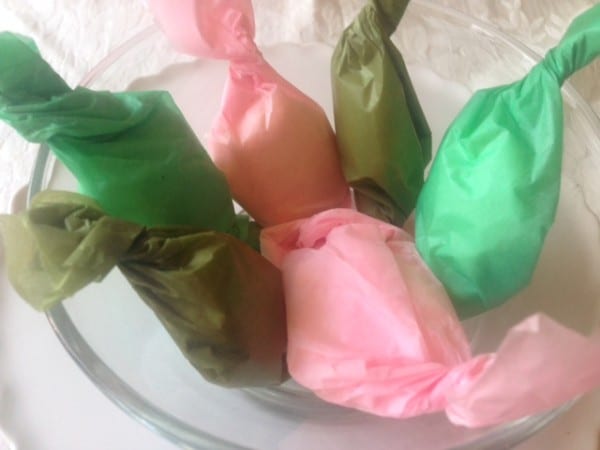
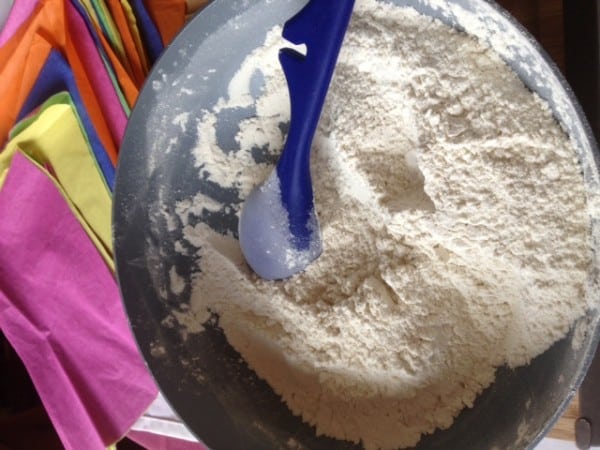
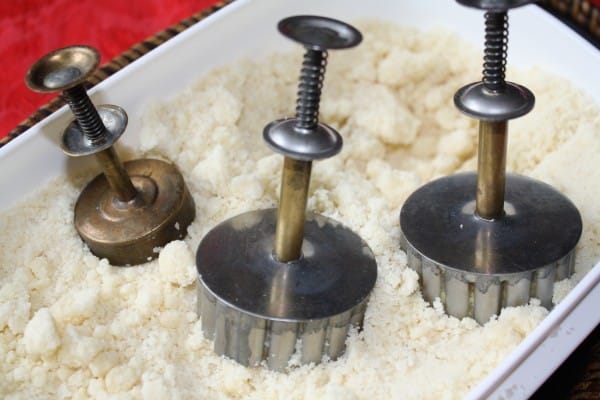
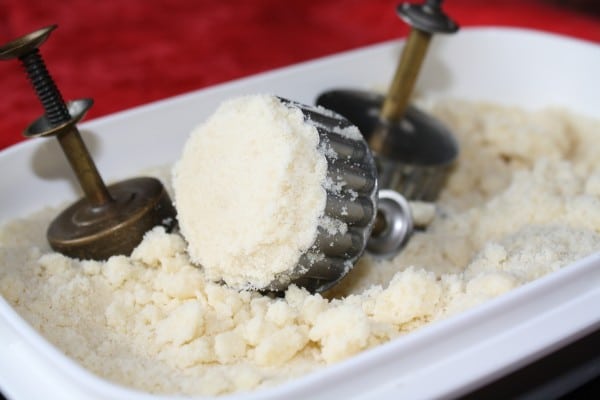
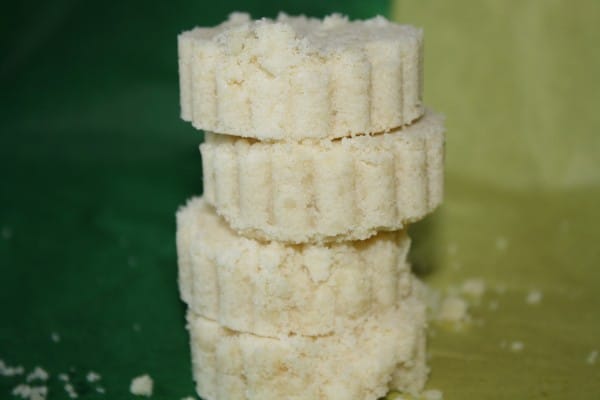
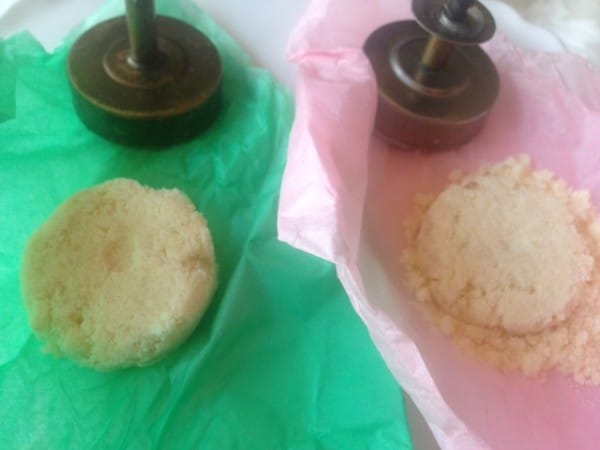
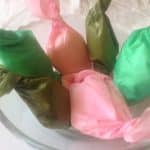
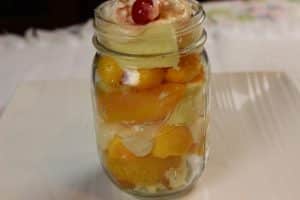
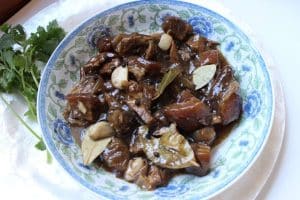


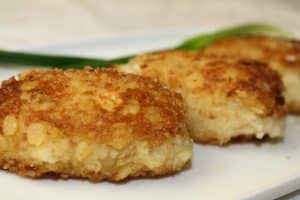

My son’s classmate is going back to the Philippines and I gave his mom your website as she loves cooking (I don’t know any Filipino ladies who don’t like cooking! Amazing!). I’d love to make these traditional sweets with her. Looks delicious – love learning about traditional food in other cultures/countries.
Thanks so much, Nami. How nice of you to give my blog link to your Filipina friend. This is a favorite and easy recipe. I make these Polvorones quickly and they go well with the matcha ice cream on another post. Nice of you to stop by the blog 🙂
looks amazing trying it as i type this!
Thanks, Nick. Enjoy the polvoron 🙂
how many days a polvoron expired? can i add citric acid to preserve the polvoron in many days?
Hi Maryvic, my polvoron can last about 2 to 3 days without refrigeration. But we live on the east coast and it is chilly 8 months in a year in our area. In the hot tropical climate of the Philippines, about 1 to 2 days. I am not familiar with citric acid and have never used it in my recipes so I cannot offer an answer to your question. Thanks for the blog visit.